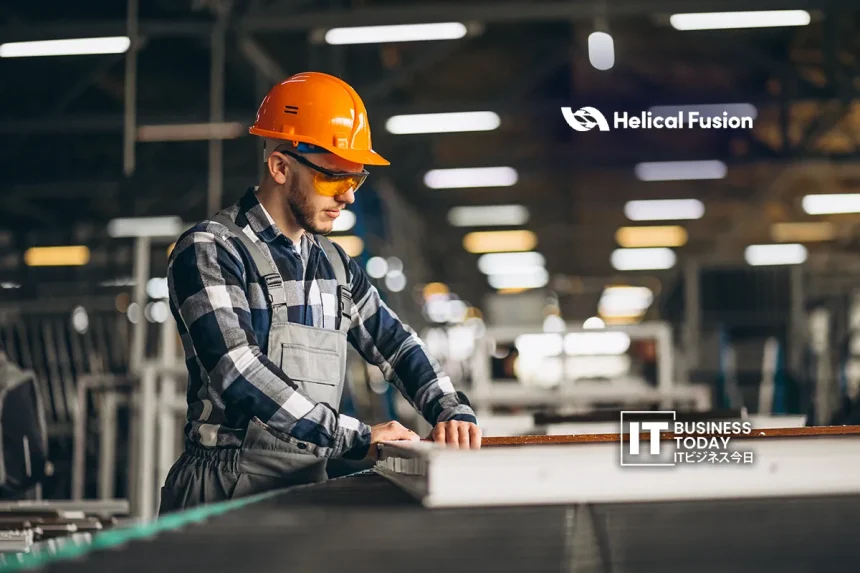日本の民間核融合エネルギー開発企業であるヘリカル・フュージョン株式会社は、シリーズAラウンドを終了し、23億円の資金を獲得しました。これにより、助成金と融資を含めた総資本は52億円(3500万米ドル)となり、2030年代の定常的な純出力核融合発電所の実現に向けたロードマップである「ヘリックス・プログラム」を加速させます。
融合の緊急性
世界の電力需要は、人口増加やAIのようなエネルギー多消費技術の急速な拡大により、2050年までに急増すると予測されています。従来の電源では、この需要を持続的に満たすことはできません。豊富な海水を燃料とする核融合は、技術的・経済的な障壁を克服できれば、ゼロ・カーボンのベースロード・エネルギーを提供します。
アナリストは、今世紀半ばまでに核融合の年間市場が5,500億米ドルに達すると予測しています*。ヘリカル・フュージョンのシリーズAは、SBIインベストメント、慶應イノベーション・イニシアティブ(KII)、その他17機関(合計19機関)の個人投資家や公的金融機関を含む投資家を集めました。
こちらもお読みください: JFEスチールと日立が「JFEレゾラス」を共同開発
なぜヘリカルステラレーターなのか?実証済みの定常運転への道
ヘリカル・フュージョン社が開発した核融合炉は、ステラレータ設計に基づいています。これは、本質的に安定した連続プラズマ運転を可能にする磁気閉じ込めアプローチです。
トカマクやレーザーを使った核融合のようなパルス的なアプローチとは異なり、ステラレータには数十年にわたる実験データに裏打ちされた定常運転の実績があります。
私たちのコンセプトは、世界最先端のステラレータ施設のひとつである大型ヘリカル装置(LHD)を有する日本の核融合科学研究所(NIFS)を中心に、70年近くにわたる世界的な研究の上に成り立っています。
この科学的遺産を現代のエンジニアリングや製造業に応用することで ヘリカル・フュージョン は、世界初の発電用ステラレーターの実用化を目指しています。
ソース ビジネスワイヤー







